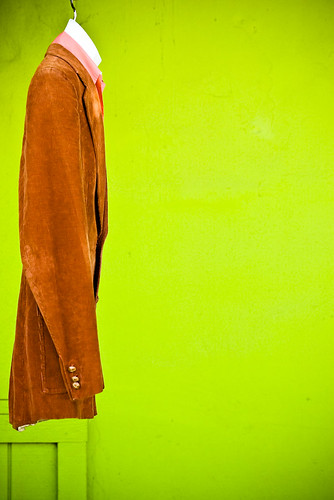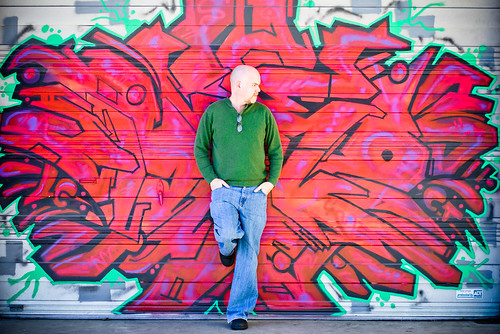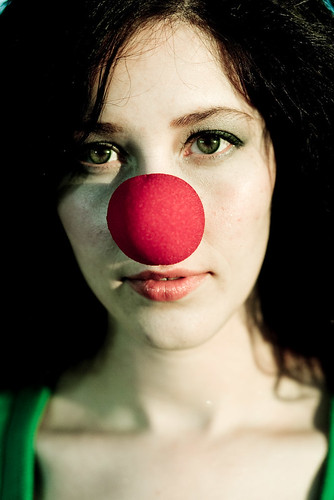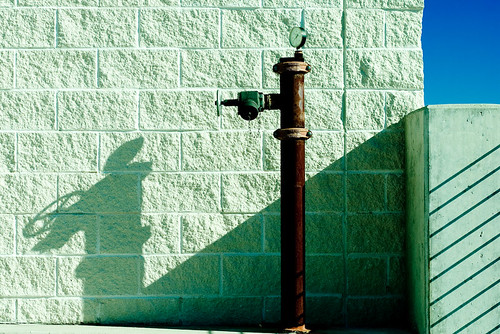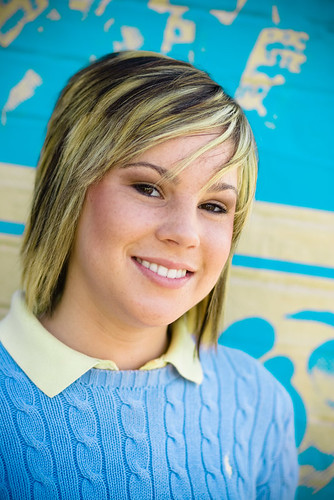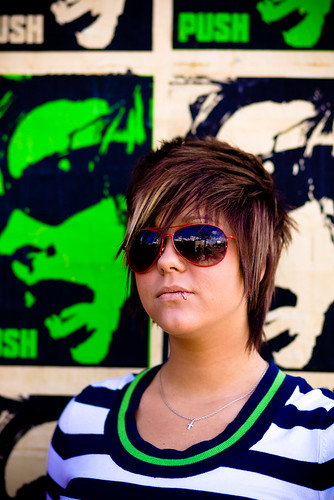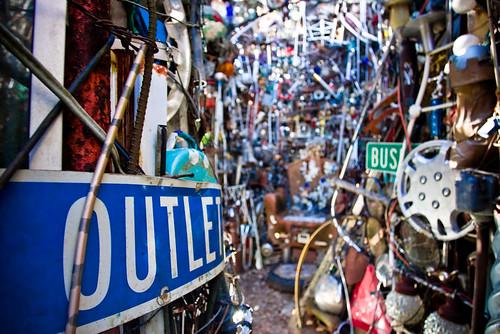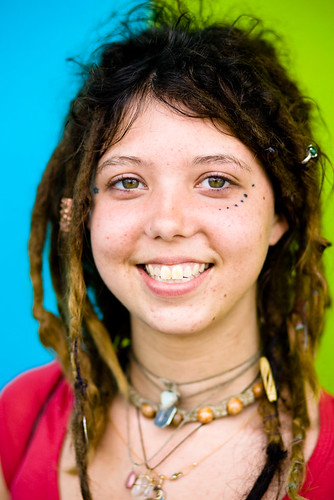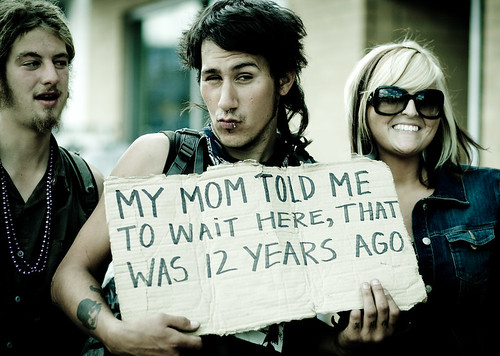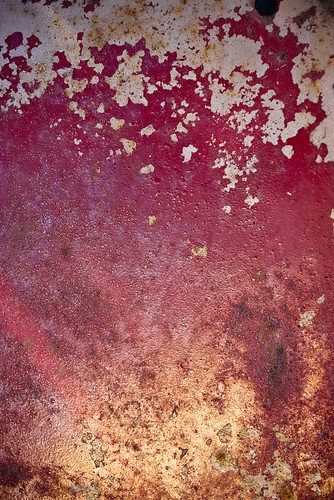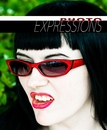Friday, February 29, 2008
Monday, February 25, 2008
green
Posted by
Unknown
at
8:17 AM
1 comments
![]()
Labels: books, colour, creativity
Sunday, February 24, 2008
tom spreads his wings
Posted by
Unknown
at
7:50 PM
1 comments
![]()
Labels: backgrounds, portraits
rebekah
Posted by
Unknown
at
9:59 AM
0
comments
![]()
Friday, February 22, 2008
in Design
Posted by
Unknown
at
8:12 AM
2
comments
![]()
Tuesday, February 19, 2008
crystal & chelsea
Posted by
Unknown
at
9:49 PM
5
comments
![]()
Labels: backgrounds, colour, fear, portraits, process, progress, strangers
Sunday, February 17, 2008
but what to ask ?
Posted by
Unknown
at
12:19 PM
9
comments
![]()
Labels: books, projects, sofobomo, strangers, thenextstep
Tuesday, February 12, 2008
page sequencing
Posted by
Unknown
at
5:37 PM
1 comments
![]()
haley
Posted by
Unknown
at
8:19 AM
1 comments
![]()
Labels: backgrounds, portraits, process, strangers
Sunday, February 10, 2008
wait here
Posted by
Unknown
at
9:20 PM
5
comments
![]()
What makes a great portrait ?
Posted by
Unknown
at
8:52 AM
2
comments
![]()
Labels: photographers interviews, portraits
Sunday, February 03, 2008
what is a book ?
Posted by
Unknown
at
10:20 AM
1 comments
![]()
Friday, February 01, 2008
vassiliev
 I found a link to the portraits of Alexei Vassiliev over on the Conscientious blog. I've drifted in and out of shooting totally blurred images and have recently started revisiting those ideas. Some of these portraits are really stunning. Worth a look. I think the stronger portraits are where the colour really makes the images striking - strong blues, vibrant reds. I've continually been fascinated with really shallow depth of field or even totally blurred images. I'm going to make more of an effort this year to shoot in this style and see where that goes. Uta Barth is another influence in this direction, for me.
There's something about these forms of images, that often ask more questions than they answer that really engages me. I've been trying to move away from a totally literal style of photography, where everything is there for the viewer to grasp, quickly. Blur and out of focus regions tend to make me spend more time with an image, wondering about what might be there. Totally out of focus seems to take that to its logical conclusion.
I found a link to the portraits of Alexei Vassiliev over on the Conscientious blog. I've drifted in and out of shooting totally blurred images and have recently started revisiting those ideas. Some of these portraits are really stunning. Worth a look. I think the stronger portraits are where the colour really makes the images striking - strong blues, vibrant reds. I've continually been fascinated with really shallow depth of field or even totally blurred images. I'm going to make more of an effort this year to shoot in this style and see where that goes. Uta Barth is another influence in this direction, for me.
There's something about these forms of images, that often ask more questions than they answer that really engages me. I've been trying to move away from a totally literal style of photography, where everything is there for the viewer to grasp, quickly. Blur and out of focus regions tend to make me spend more time with an image, wondering about what might be there. Totally out of focus seems to take that to its logical conclusion.



